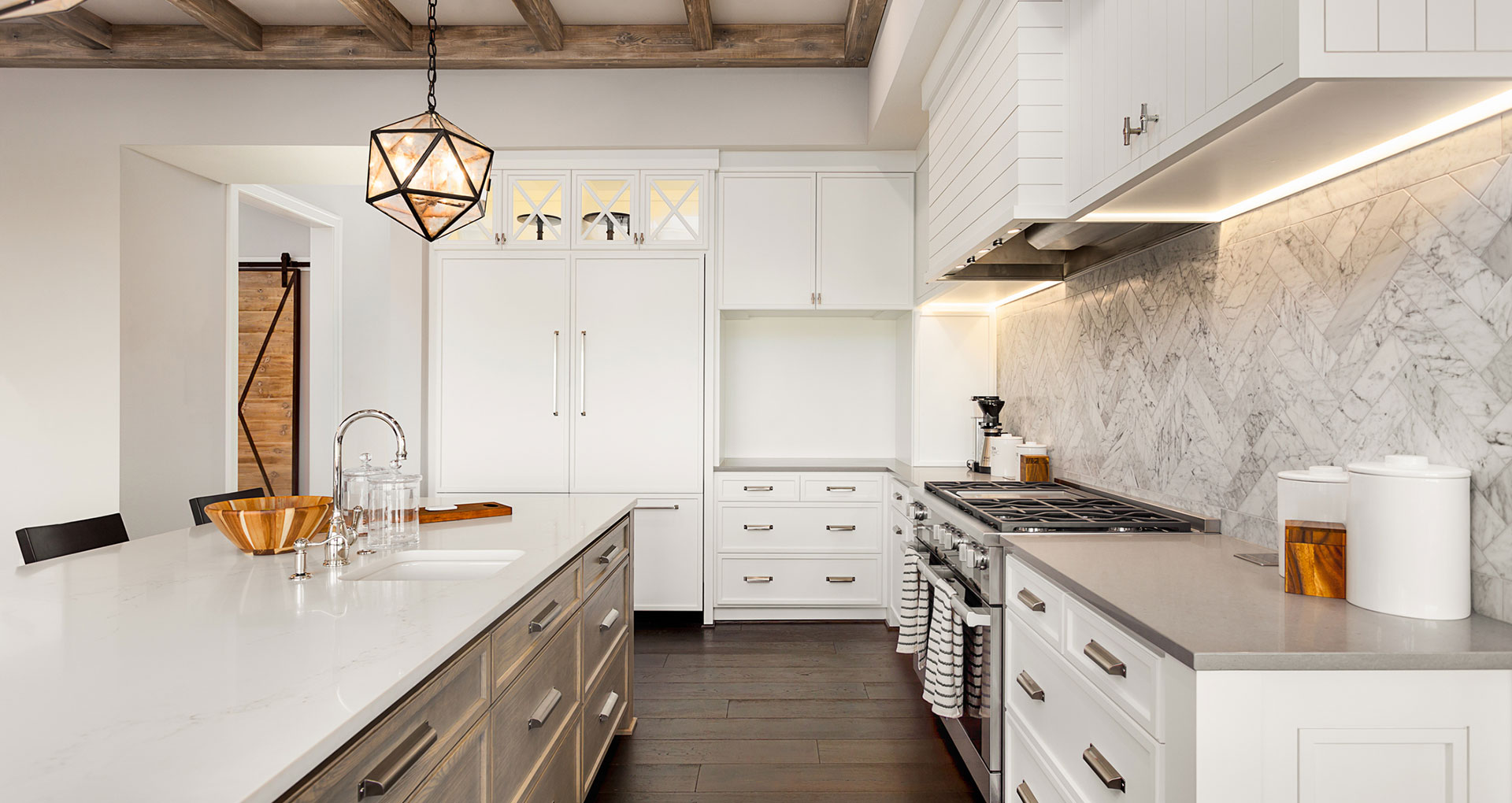Do you have cracking drywall in your ceiling? Is there gaps in your drywall between the ceiling and walls? This could be an issue with improper bracing and strapping. The importance of this blog is to inform new home buyers about the importance of proper truss bracing. In Southeast area we have to deal with high winds and the potential for hurricanes. This is where the importance of bracing and strapping comes into play for your homes trusses.
Engineered trusses will have a truss layout for the entire home and a set of plans for each individual truss for the home and they indicate the locations of the necessary lateral or T-bracing for either an individual or group of trusses. These plans also call out necessary nailing patterns for girder trusses as well as the uplift in pounds. The uplift points are where a specific strap or clip is required to meet that uplift. Also, on top of the required lateral bracing, each individual run of lateral bracing requires diagonal bracing.
Diagonal Bracing
Diagonal bracing helps prevent a domino affect on the trusses during high winds or hurricane. It also helps in the movement of the trusses which in turn could affect your drywall on the ceilings.
Many times builders simply forget or do not install the diagonal bracing simply to save money or they don’t install them properly. It is important to discuss with your builder proper and adequate bracing for your trusses. This can be done before the home gets dry walled typically before the home goes through the rough inspection by your town or county officials. Some of these officials will catch the improper or inadequate bracing as well as the strapping or clips required for uplift, but most will not. With that being said it is best to hire a third party home inspector that is knowledgeable in this aspect of truss bracing or be sure to speak to your builder about best building practices and ask them about how will your homes truss system be braced. Below we‘ve attached some photos of proper diagonal bracing for engineered trusses.
